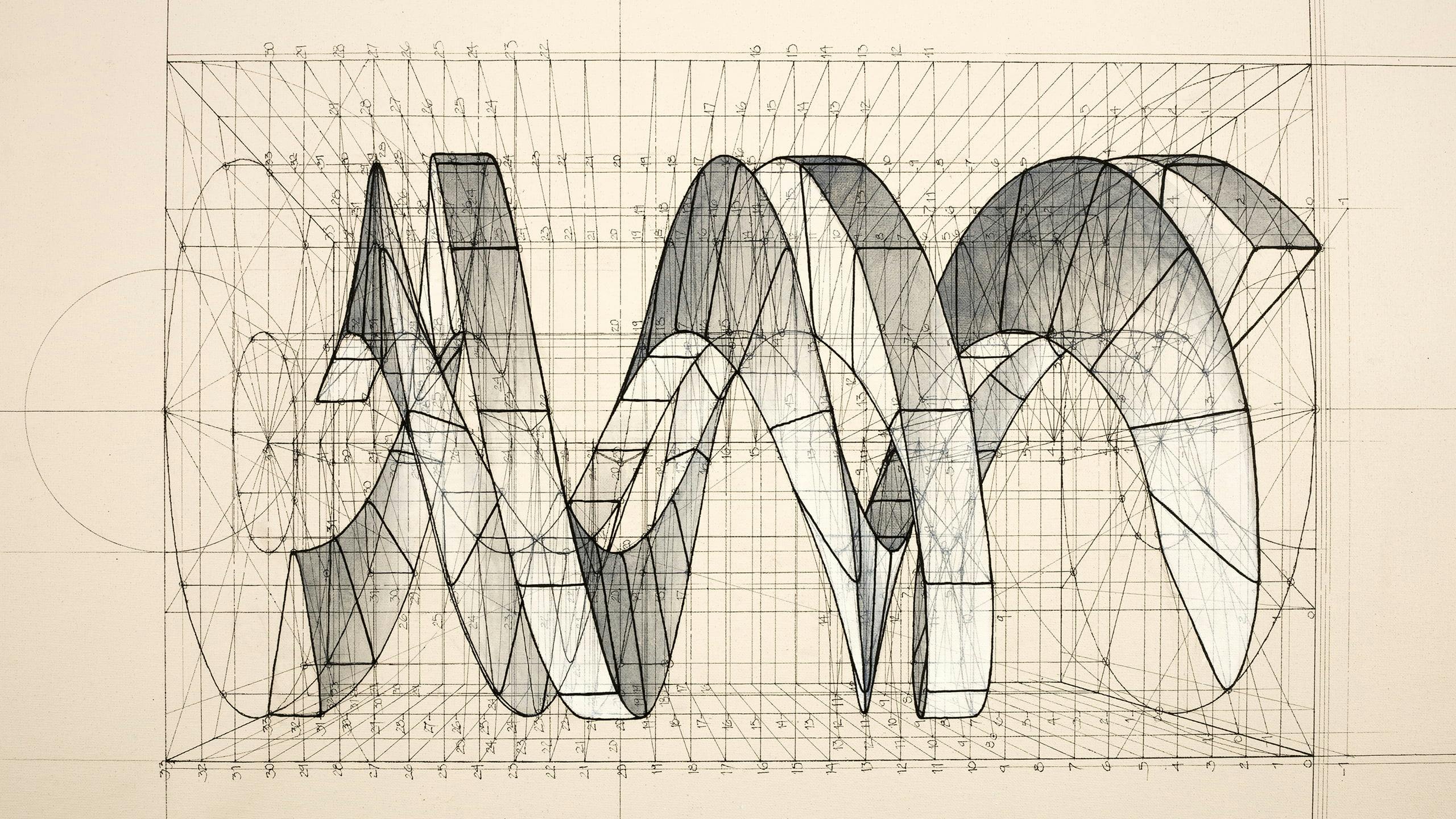Let’s Get Moving
Population redistribution – way to flatten the temperature curve?

Human DNA. Artist: Rafael Araujo
From a certain scientific perspective, people are mostly the same.
You wouldn’t know it, given how much we argue about our differences. But if you look at human DNA, the numbers are clear. The Human Genome Project was an international effort to sequence and map the human genome. It took over twelve years, finding that the human genome contains about three billion base pairs and an estimated 30,000 genes. And the conclusion was that 99.9% of all human DNA is the same. Statistically, you’re pretty much the same as Harry Styles and Adriana Lima. (You’re welcome.) We’re all human, and no matter how much we argue over our tiny differences, we’re all stuck on this planet dealing with the same global problems.
Take Global Warming, a big issue we’re facing right now. The primary polluters in the past have been the developed world, and going forward will be the developing nations. This has led to many arguments about who is responsible and who should pay to fix it. But meanwhile, we’re all humans on an increasingly warming planet where a brilliant scientific development to solve the problem is a good 20-30 years away. So our primary focus should be to slow down global warming until then. But how?
Here’s a radical idea: Redistribute the world’s population. Sure, it seems unlikely that countries will recognize our shared humanity and throw open their borders entirely, but even significantly increasing immigration to allow for a more even distribution of population would slow global warming and thus buy us time for a scientific breakthrough.
Studies of regional migration in the USA show that population density has an impact on global warming. A balanced migration from high-density to low density population areas creates fossil fuel savings, which means a reduction in emissions. Another study about the decentralization project in South Korea showed a roughly 2% average CO2e reduction, from redistributing many people from higher-density locations to lower-density destinations, and some people from lower to higher.
But wait, if we’re seeking a more even balance, why would we want to shift anyone to higher-density regions? Well, it turns out that environmentally speaking, redistribution is most effective if it puts people where infrastructure can be expanded, rather than created. In other words: Cities.
Numerous papers studying population density and GHG emissions show that urban areas can have economies of scale. It’s easier to pipe energy to a thousand people if they’re all living in the same apartment building rather than scattered across 20 miles. And dense proximity of homes and businesses means people are more likely to walk, cycle, or use mass transit, rather than a personal pollution-producing machine a.k.a. private motor vehicle.
Researchers like Brown and Southworth (2008: 653) argue that by the middle of the century the combination of green buildings and smart growth could deliver the deeper reductions that many believe are needed to mitigate climate change. Which would be great! But it would be much greater if it wasn’t already too late because we failed to do anything in the meantime.
So maybe the short-term solution is immigration into the top 50 cities, with a focus on infrastructure to expand them. And sure, some people in each of those cities would probably complain about more different people immigrating. But that just proves how similar humans are after all.
References
- OECD (2021), How was life?...
- https://www.globalcarbonproject.org/
- Effects Of Changing Population Or Density On Urban Carbon Dioxide Emissions…
- Population Redistribution: Implications For Environmental Quality And Natural Resource Consumption…
- Effects of Population Redistribution On Greenhouse Gas Emissions…
- Urban Density And Climate Change




Responses